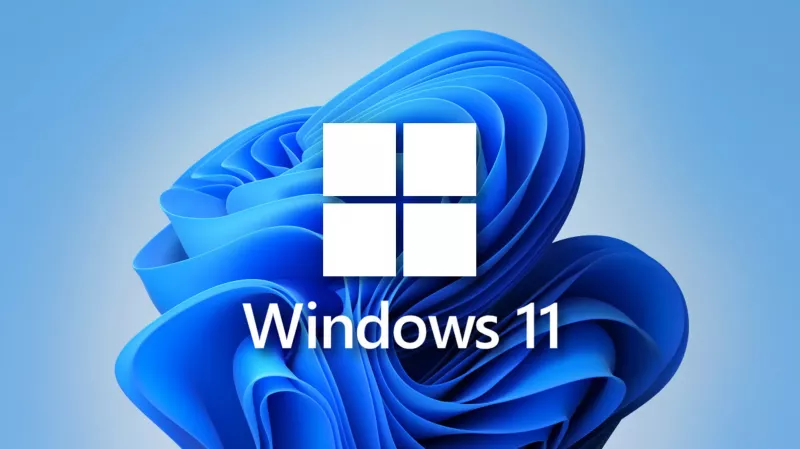Linux and Windows are both operating systems (OS) used to power personal computers, servers, and other computing devices. While they both serve a similar purpose, they have significant differences in their structure, functionality, and user interface. In this article, we will compare Linux and Windows and highlight their advantages and disadvantages.
User Interface:
One of the most significant differences between Linux and Windows is the user interface. Windows has a more user-friendly and intuitive interface that is easy to navigate, making it more suitable for beginners. On the other hand, Linux has a more complex interface that requires some technical skills to navigate, making it more suitable for advanced users.
Open-Source vs. Proprietary:
Another significant difference between Linux and Windows is their approach to software. Linux is an open-source OS, meaning that its source code is available to the public, and developers can modify, distribute, and improve it freely. This approach has resulted in a vast community of developers and users who work together to improve the OS continually.
Windows, on the other hand, is a proprietary OS developed by Microsoft, meaning that its source code is not available to the public, and it is controlled by a single company. This approach has its advantages since Microsoft can oversee the development, distribution, and support of the OS.
Security:
Security is a crucial factor when comparing Linux and Windows. Linux is known for its robust security features, which make it less vulnerable to malware, viruses, and other security threats. The open-source nature of Linux means that security vulnerabilities are quickly identified and fixed by the community of developers.
Windows, on the other hand, is more vulnerable to security threats, mainly due to its popularity. Windows is widely used, making it a prime target for hackers and cybercriminals who create malware and viruses to exploit its vulnerabilities. However, Microsoft has taken steps to improve the security of Windows, such as the introduction of Windows Defender, a built-in security feature.
Software Compatibility:
Software compatibility is another significant factor when comparing Linux and Windows. Windows has a larger market share and is therefore more widely supported by software developers. This means that there is a broader range of software available for Windows users, including specialized software for specific industries.
Linux, on the other hand, has a smaller market share, making it less supported by software developers. However, the open-source nature of Linux means that there is a vast library of free and open-source software available to users.
System Requirements:
System requirements are another factor to consider when comparing Linux and Windows. Linux is known for its efficient use of resources, meaning that it requires less powerful hardware to run smoothly. This makes it more suitable for older computers or low-powered devices.
Windows, on the other hand, requires more powerful hardware to run smoothly, making it less suitable for older computers or low-powered devices.
Conclusion:
In conclusion, both Linux and Windows have their unique features and advantages. Windows is more user-friendly and widely supported by software developers, making it more suitable for beginners and users who rely on specialized software. Linux, on the other hand, is more secure, efficient, and customizable, making it more suitable for advanced users and those who value open-source software.
Ultimately, the choice between Linux and Windows depends on the intended use, personal preferences, and technical knowledge. It is essential to consider these factors before making a final decision.




